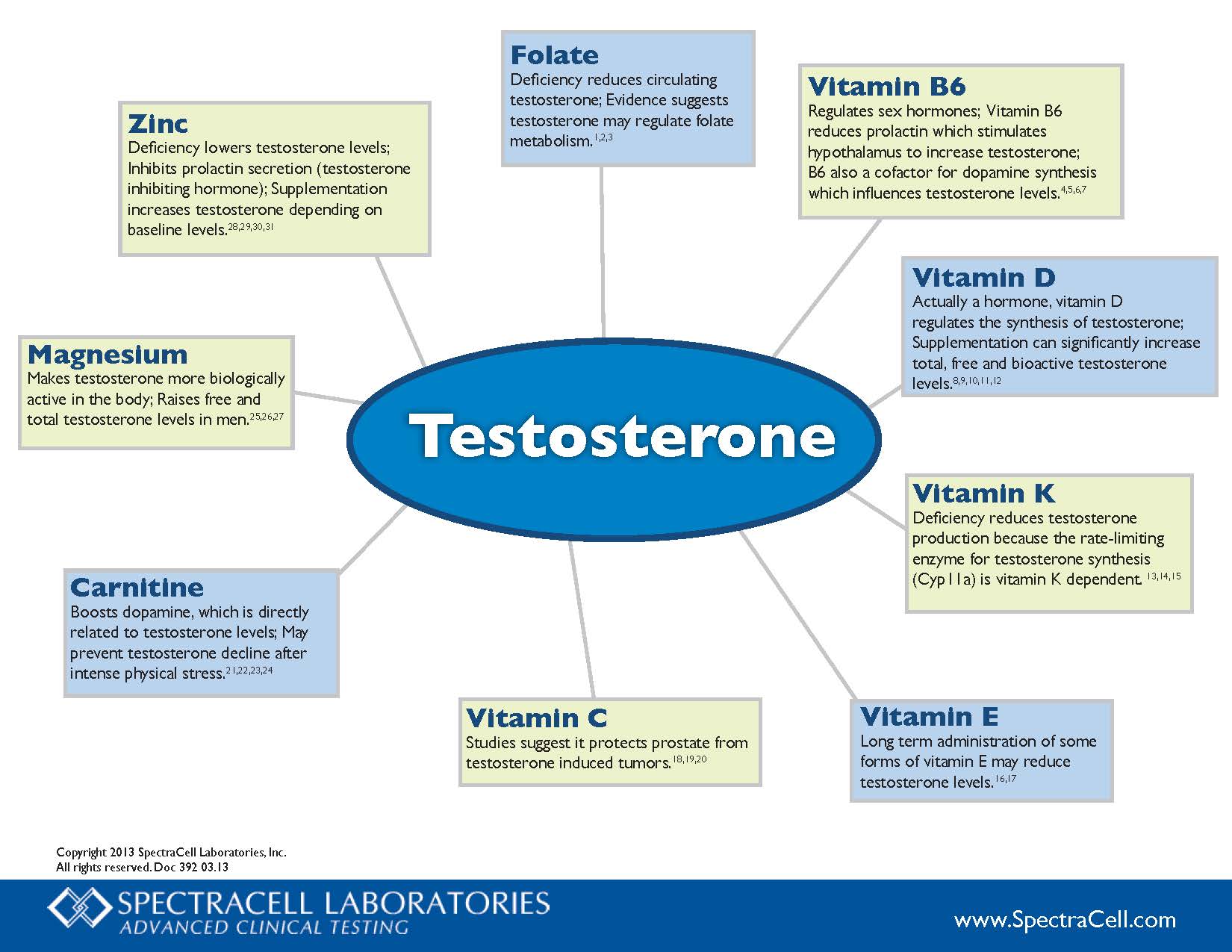Menopause is associated with increased risks for cardiovascular disease, osteoporosis, and cancer. Many women experience declining energy, mood, cognitive function and memory during
menopause.
Rhodiola rosea extracts have been shown to enhance mood, cognitive function, and memory. Moreover, these extracts possess anti-stress, neuroprotective, cardiovascular-protective, and anticarcinogenic properties, which are particularly valuable to counteract some of the common health risks seen in women as they age. R. rosea is low in side effects compared to synthetic selective estrogen receptor modulators (SERMS).
Preclinical and clinical studies suggest that R. rosea extracts provide a combination of effects that could counteract the adverse consequences of estrogen decline by improving neurological, endothelial, and cardiovascular functions.
As a natural SERM, R. rosea could alleviate menopause-related symptoms while conferring additional neuro-protective, cardio-protective, anti-stress, anti-fatigue, osteoprotective, and other health benefits.
Unlike HRT, preliminary evidence indicates that orally ingested R. rosea extracts are unlikely to cause estrogenic effects or increased the risk of cancer in hormone sensitive tissues. R. rosea extracts and salidroside do not significantly stimulate, but rather inhibit growth of human breast cancer in vitro and in vivo in some studies. Human studies are needed to verify the safety of R. rosea in postmenopausal women who are at increased risk or who are being treated for breast cancer.
Further research on the use of R. rosea alone and in combination with other adaptogens during menopause would enable development of this promising alternative SERM.







